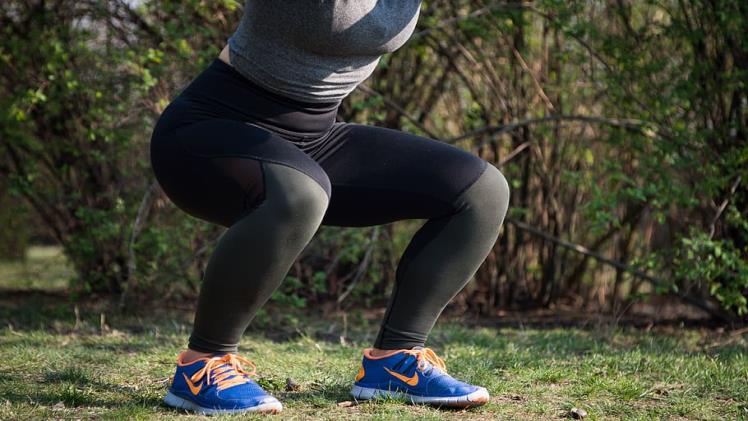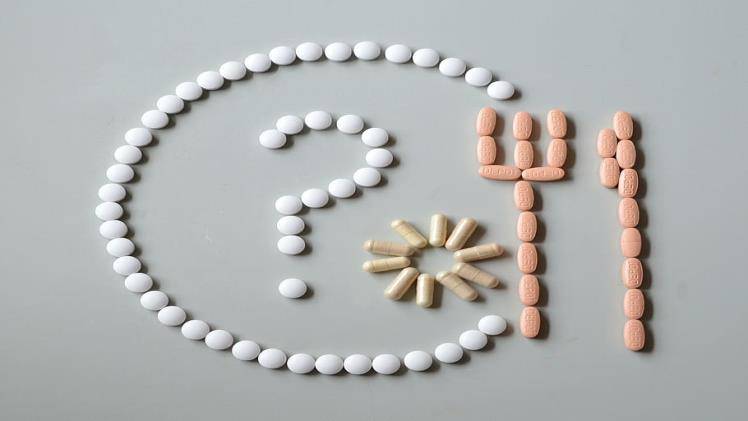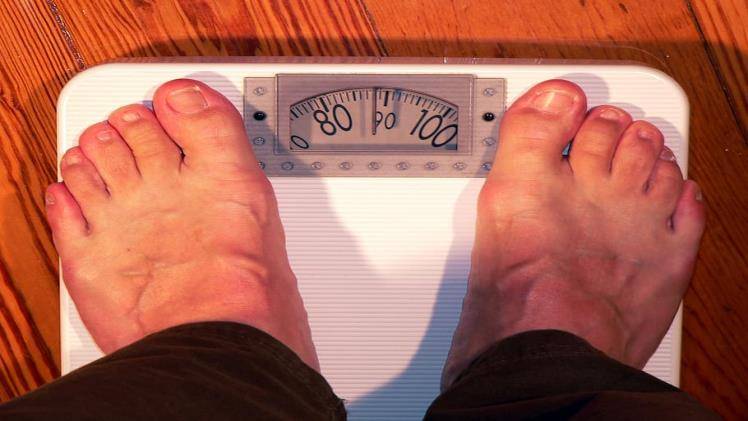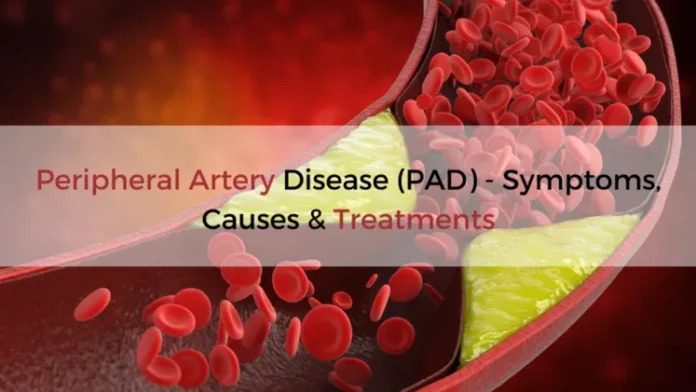Peripheral Artery Disease (PAD) is a silent and often underestimated vascular condition that affects millions of people worldwide—especially adults over 50. While severe cases can lead to limb loss or cardiovascular complications, the good news is that early detection of PAD can help prevent serious outcomes.
In this article, we’ll explore the early signs of Peripheral Artery Disease, why they matter, and what you can do about them. If you’ve ever experienced leg pain while walking or noticed unexplained changes in your limbs, this guide is for you.
🩺 What Is Peripheral Artery Disease (PAD)?
Peripheral Artery Disease is a circulatory condition in which narrowed arteries reduce blood flow to the limbs, most commonly affecting the legs and feet. It is typically caused by atherosclerosis, a buildup of fatty deposits in the arterial walls that restrict blood flow.
PAD is more than just a leg problem—it’s a warning sign of widespread arterial disease and is often linked to heart attack, stroke, and coronary artery disease.
⚠️ Why Early Detection Matters
PAD progresses slowly, and its early symptoms can be subtle or easily mistaken for other conditions such as arthritis or aging. Identifying it early can allow for lifestyle changes, medical treatment, and possibly prevent severe complications like ulcers, gangrene, or even amputation.
🔍 Top Early Signs of Peripheral Artery Disease
Below are the most common and medically recognized early indicators of PAD:
1. Leg Pain During Walking (Claudication)
This is the hallmark symptom of early PAD. Claudication refers to cramping or aching pain in the legs or hips that starts during physical activity (like walking) and disappears at rest.
-
Most people feel it in the calves.
-
It may feel like muscle fatigue or a burning sensation.
-
It typically becomes worse with continued walking and improves with rest.
2. Coldness in One Leg or Foot
If one leg or foot feels significantly colder than the other, this could signal reduced circulation due to PAD. Often, this difference is most noticeable in the feet or toes, especially when compared side-by-side.
3. Numbness or Weakness in the Legs
A sense of numbness, tingling, or general leg weakness can occur due to limited blood supply. This symptom might occur intermittently or grow more persistent over time.
4. Shiny Skin or Hair Loss on Legs
PAD affects skin health too. You may notice:
-
Shiny, tight-looking skin
-
Loss of leg hair, especially below the knee
-
Slow-growing toenails
These subtle signs are often overlooked but can be among the earliest visible indicators of poor blood flow.
5. Wounds That Heal Slowly (or Not at All)
Small scrapes, sores, or cuts on your legs or feet that take unusually long to heal may be a red flag. Poor circulation means less oxygen and fewer nutrients are reaching the skin, impeding healing.
6. Discoloration or Blue/Purple Toes
In some people, PAD causes discoloration in the toes or foot, especially after standing or walking. This can appear as blue, purple, or reddish blotches, signaling blood flow issues.
7. Decreased Pulse in Feet or Ankles
Your doctor may test for PAD by checking your foot or ankle pulse. If the pulse is faint or absent, it may indicate blocked arteries. You can even try checking this at home or during a wellness visit.
8. Erectile Dysfunction in Men (Often Overlooked)
Reduced blood flow can also impact sexual function in men, particularly if other leg symptoms are also present. PAD-related erectile dysfunction is more common in men with diabetes or high cholesterol.
🎯 Who’s at Risk for PAD?
PAD doesn’t just affect older adults. Several lifestyle and health factors can increase your risk:
-
Smoking – The #1 modifiable risk factor
-
Diabetes
-
High cholesterol
-
High blood pressure
-
Obesity
-
Family history of cardiovascular disease
-
Age over 50
If you have two or more risk factors, it’s especially important to monitor for PAD symptoms regularly.
🧪 Diagnosing PAD: What to Expect
If you suspect PAD, consult a healthcare provider. They may use several diagnostic tools, including:
-
Ankle-Brachial Index (ABI) – Compares blood pressure in the ankle and arm.
-
Ultrasound Imaging – Helps visualize blood flow in the arteries.
-
Angiography (CT or MRI) – Offers a detailed map of blood vessels.
-
Blood tests – May check for cholesterol, blood sugar, and clotting factors.
🩹 How to Manage PAD in Early Stages
Early-stage PAD can often be managed with lifestyle changes and medications. Here’s what your doctor may recommend:
✅ Lifestyle Changes
-
Quit smoking immediately
Smoking accelerates artery damage and worsens PAD progression. -
Exercise regularly
A supervised walking program can improve circulation and relieve claudication. -
Adopt a heart-healthy diet
Focus on whole grains, vegetables, lean proteins, and low saturated fats. -
Control blood pressure, diabetes, and cholesterol
Managing these conditions reduces strain on arteries and slows disease progression.
💊 Medical Treatments
Your doctor might prescribe:
-
Statins – Lower cholesterol and protect artery health.
-
Blood thinners – Reduce risk of blood clots.
-
Medications to improve walking distance, such as cilostazol.
🧠 Connection Between PAD and Heart Disease
PAD is not just a leg issue—it often coexists with coronary artery disease (CAD). People with PAD are at higher risk of heart attack, stroke, and cardiovascular death. That’s why treating PAD early is so essential.
📍 When to See a Doctor
You should consult a healthcare provider if:
-
You experience leg pain during walking that goes away at rest
-
Have persistent leg numbness or coldness
-
Notice slow-healing wounds or unusual discoloration
-
Are over 50 with risk factors such as diabetes or smoking
Early-stage PAD is easier to treat—and catching it early may even save your life.
🧭 Final Thoughts
Peripheral Artery Disease often hides in plain sight. Its early signs—like leg cramps, numbness, and skin changes—can be easily dismissed. But recognizing the symptoms of PAD early can lead to timely treatment, improved quality of life, and reduced cardiovascular risk.
If you’re experiencing even one of the symptoms discussed here, don’t ignore it. Speak to your healthcare provider or request a vascular screening. Prevention and awareness are your strongest allies.
🔖 Key Takeaways
-
Early PAD symptoms include leg pain, numbness, coldness, and skin changes.
-
It is commonly underdiagnosed and underreported.
-
Early detection allows for effective lifestyle and medical interventions.
-
PAD is a serious cardiovascular condition—don’t delay care.
















